
A passionate chef serving up shojin-ryori plant-based cuisine; the founder of Kyoto’s first (and so far, only) Korean teahouse; an encounter at an unusual temple restaurant and indigenous Ainu cuisine in central Tokyo: these are Kyoto Journal’s top five most read articles on food.
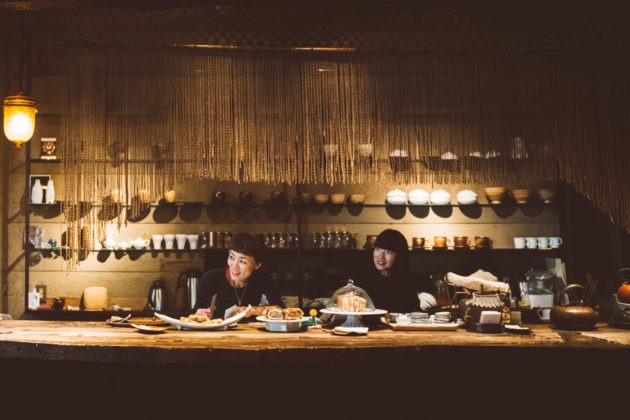
Somushi: The Story of Kyoto’s First Korean Teahouse
Korean guests come and are surprised at how Korean Somushi is. But it’s not about pushing the Korean-ness, it’s about the realness, creating something from the core. It’s about appreciating nature and looking at the roots — how we are all connected.
Kyoko Yukioka interviews Yeonkyung Yamaguchi, owner of Somushi, a Korean teahouse. For 16 years, they have been serving traditional Korean remedies like herbal teas and dishes. To instil a sense of calm, she placed an ondol, a Korean underfloor stove at the sitting area to warm guests on the inside and carefully decorated the place with Korean ceramic pieces and pojagi patchwork cloth. Through Somushi, guests can feel the warmth and be at ease whilst sipping a cup of Korean ginseng.
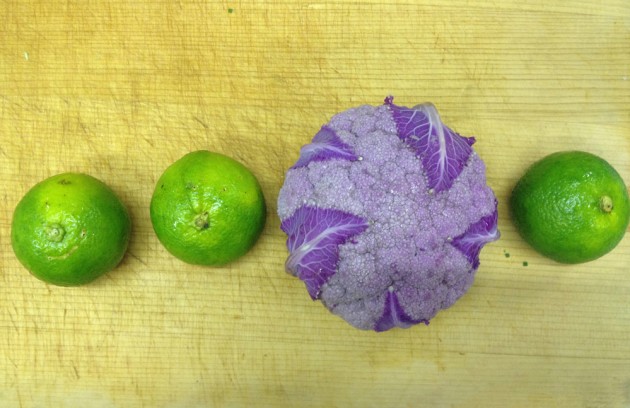
Listening to Vegetables: The Art of Tanahashi Toshio
I would like people to eat and experience shojin cuisine using their gokan (the five senses). You must put effort into facing the things that you cannot see with your eyes or hear with your ears to find an answer. That is Buddhist cuisine.
Renowned Kyoto-based chef, Tanahashi Toshio, introduces the philosophy of shojin-ryori, an entirely vegetarian Buddhist cuisine that came to Kyoto from China in the 7th and 8th centuries. This holistic cuisine aids in the purification of your mind and soul, and is passionately prepared with seasonal ingredients. “Listen to the vegetables,” Tanahashi advises, and savour each bite respectably.
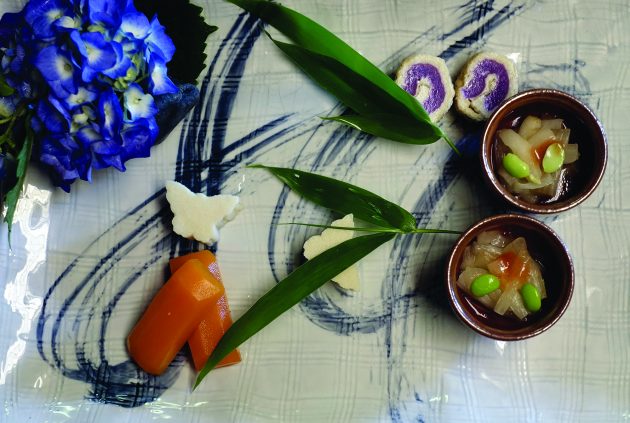
Spying what appeared to be slices of raw tuna, I picked one up with my chopsticks, bit into it. “Guess what you just ate.” Later, we were told that I was eating konnyaku (the jellied starch of a plant called devil’s tongue)—red konnyaku, a specialty of Omi-Hachiman in Shiga Prefecture.
Richard Oppenheim and his friends are taken on a gastronomic adventure at Kanga’an, a temple and restaurant in Kyoto. Fucha ryori is the rare cuisine that is served up here. The food’s true identity is almost masked by its appearance, leaving guests wondering what they have just eaten—taking on the form of chestnuts or eels, or even something akin to an ikebana masterpiece. Nonetheless, it is a thoroughly enjoyable meal, made entirely with vegetables and a little richer in taste than shojin-ryori, as it is said to have been brought directly from China.
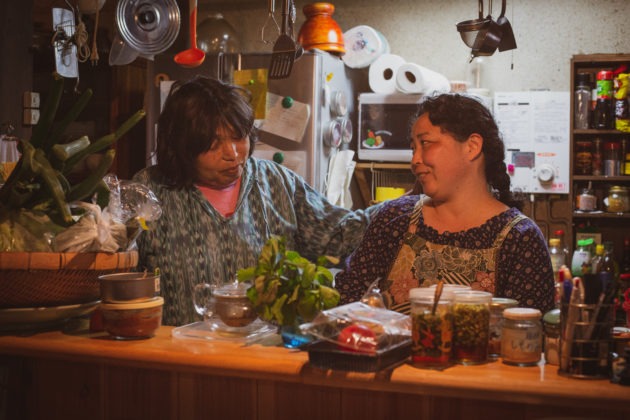
I want to live as I want. I don’t like to be forced to live in someone’s way. I want to live in my own way, and I want to feel what I feel in my mind. I want to do what I want to do, that’s all.
Ananya Mayukha has a heartfelt conversation with Kato Haruhisa, the owner of Monpan Shokudo, a cosy restaurant serving up Mongoru Pan, Mongolian bread, alongside many other fusion dishes inspired by his travels all around the world. From young, he would admire his hero, his grandfather, who would make everything from scratch, by hand. After university, he decided that he wanted to live his life the way he wanted. He began doing architecture work, playing in a band and lastly settling down in Kyoto with his wife, Akki, selling Mongoru Pan made from scratch. And this is the very place where Haru wishes people would come to mingle and make friends with people who want to be their own version of themselves.
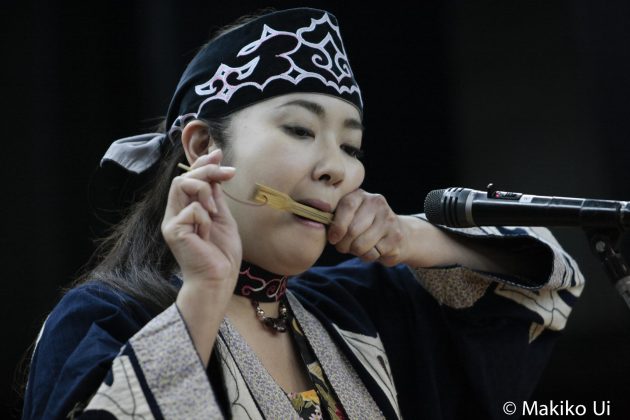
Where Ainu Food, Culture, and Community meet: Interview with Teruryo Us
As Ainu, our food and our culture are one. We want to keep it alive for the future. Food is an entryway into Ainu culture, especially for children who don’t know much about Ainu traditions. I think it is growing into a place like that and I am so grateful to everyone who comes, Ainu and non-Ainu alike.
Hidden away in Shin-Okubo, Tokyo’s one and only Ainu restaurant, Harukor, bustles with life. It is truly a place that brings people together—be it owner Teruyo Us’s family, her Ainu community or her patrons. Opened in 2011, Teruyo and her family serves up Ainu cuisine using the recipes passed down from their ancestors, with dishes such as ohaw (simple soup with vegetables and salmon), potato dumplings and even bear meat occasionally. Through her cooking, Teruyo aims to forge an identity for Ainu in the 21st century and highlight the interconnectedness across different generations of Ainu.
Order KJ93: Food (now $11.40)

Teo Wei Ger is a volunteer at Kyoto Journal.